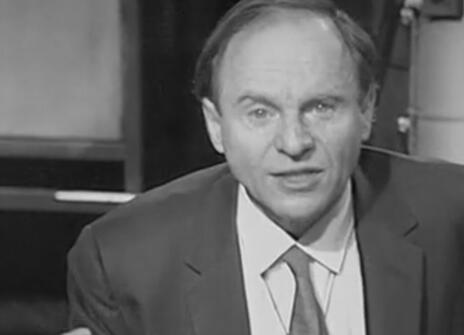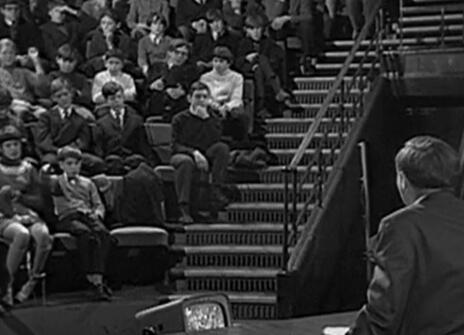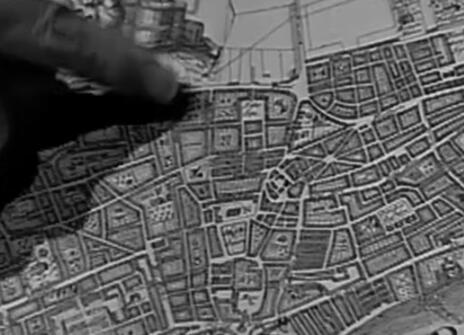Lecture 5 – Dwarf and giant numbers
From the 1968 Lecture programme:
Until now we have talked of size comparisons. Our arithmetic was the arithmetic of ratios - Gulliver was twelve times bigger than his Lilliputians hosts. But numbers themselves, not simply ratios, do enter into the events of their world. One place we easily find them is in chance events; no one can produce a book by drawing lots (though Gulliver visited in Lagado a man who tried). Yet it is easy to write one word that way.
Why? We shall explore this matter, which takes us far into the nature of life as well as of language. Changes in matter – bubbles rising out of a boiling pot, or the formation of snow crystals – must start small. But matter is atomic, so the number of atoms which allow a start is all-important. The importance of small numbers is a sign of the atom.
About the 1968 series of CHRISTMAS LECTURES
In the 1968 CHRISTMAS LECTURES, physicist Philip Morrison explores the science of scale through the eyes of Jonathan (also knows as Dean) Swift's classic book, Gulliver's Travels.
From the 1968 Lecture programme:
It was the marvellous imaginary voyages of Lemuel Gulliver which made us see a world of petty six-inch patriots, or of sixty-foot people, large-minded and generous. Dean Swift was not writing science, but he lighted for our minds the meaning of size in our perception and in all human affairs.
In science the scale of things is often decisive. We human beings can view the world from one scale only, our own. But in that world are ants and whales, mountains and seas, planets, stars and atoms. A great deal of their nature is explainable as the consequence of their magnitude, for the fundamental building bricks of all the world, the particles of the physicist, fix a size built somehow into everything material.





